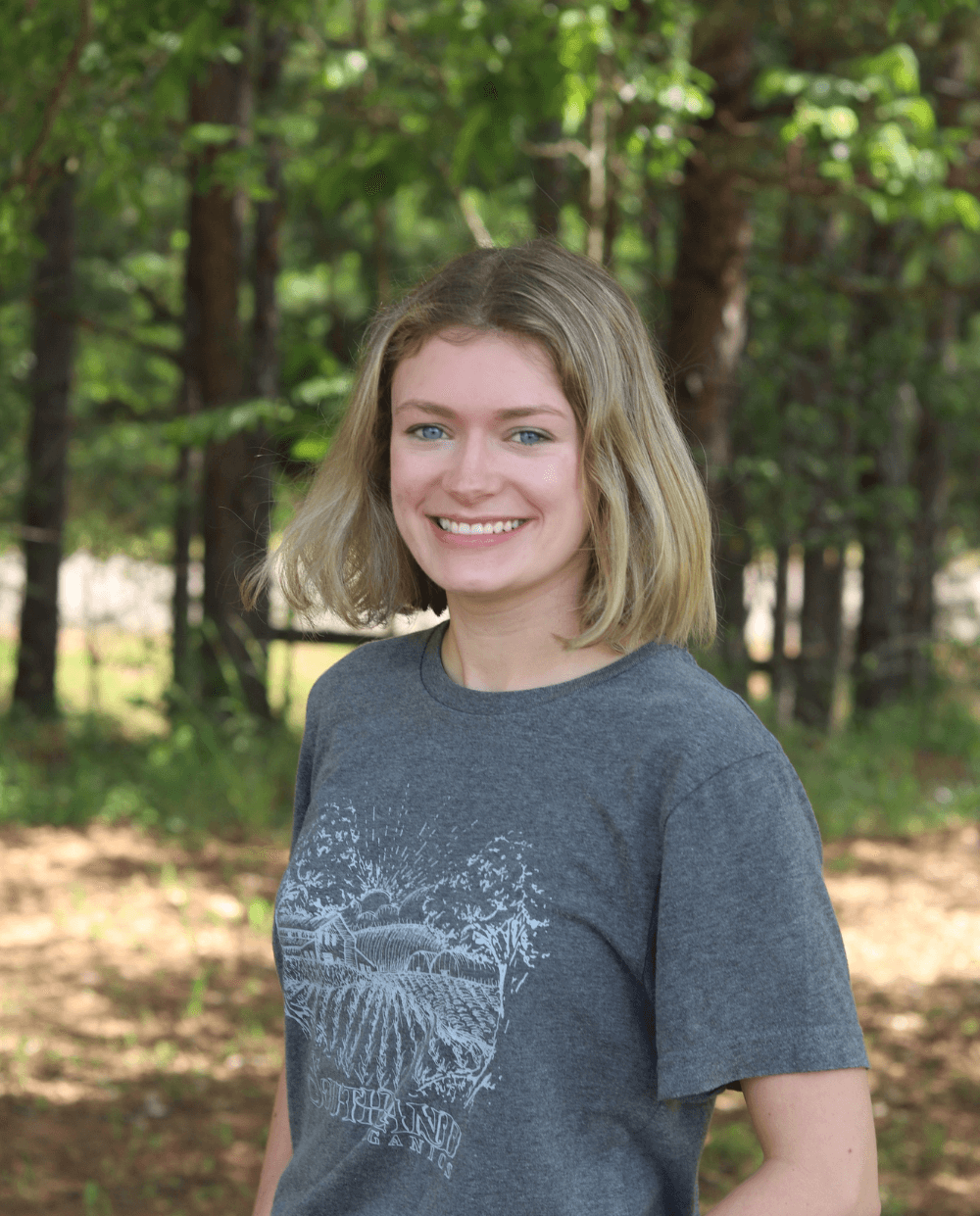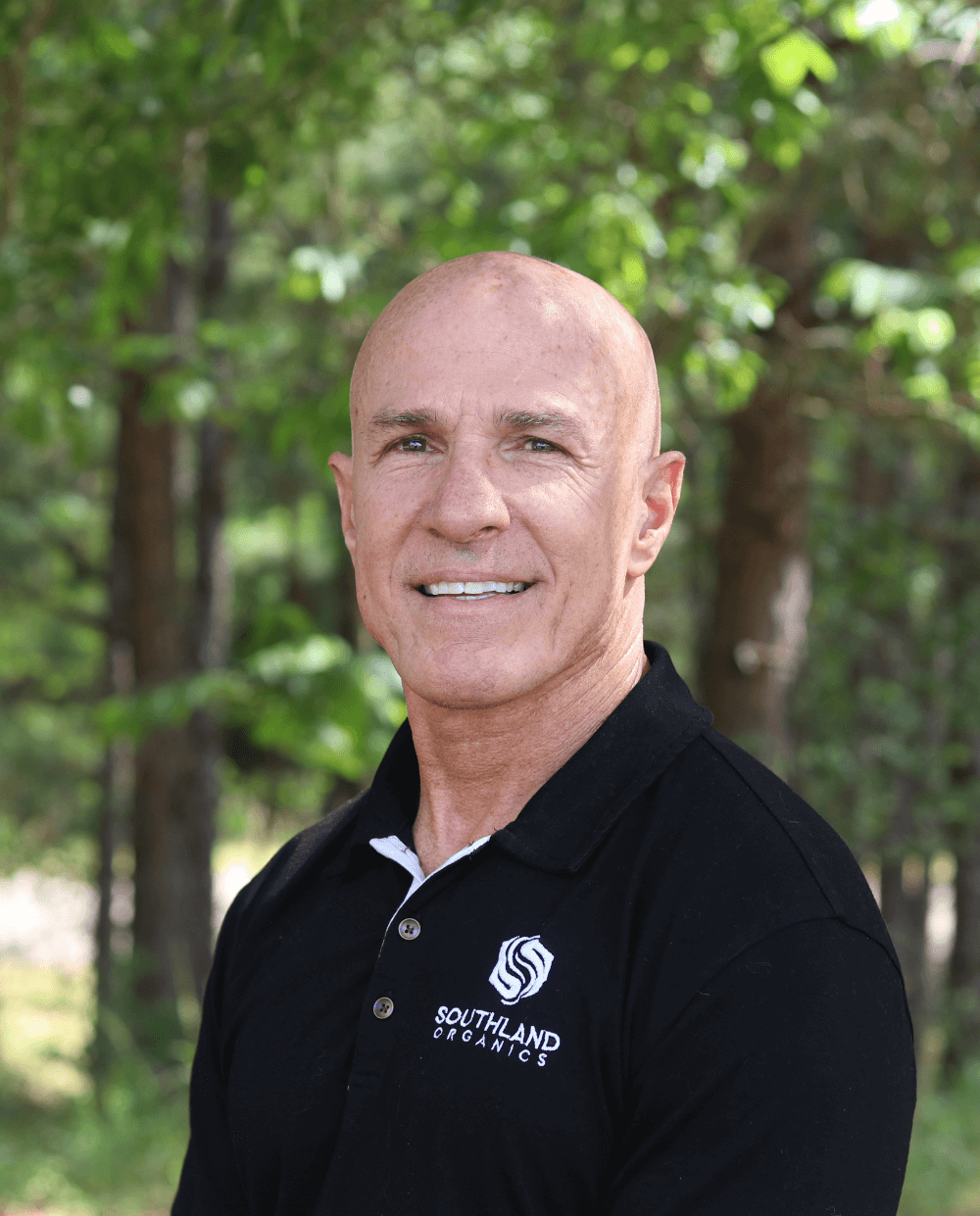How Evaporative Cooling Works
Establishing evaporative cooling in your poultry house can be achieved in several ways. All of them involve using water to eliminate heat from the air with which it is in contact. These strategies date back as far as ancient Egyptian civilizations, who simply placed a large water reservoir near an air inlet. Thankfully, research and innovation have allowed today's systems to advance far past those used in the pyramids, but they are still based on the same principles.
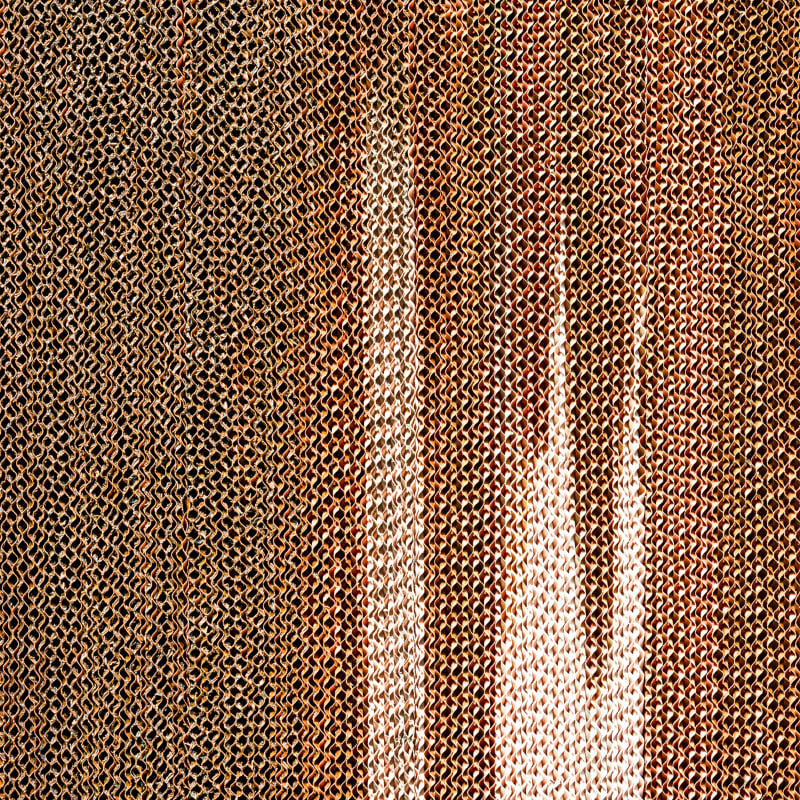
Cool cells essentially function by water in its liquid form using heat energy from the air to be converted to a gas. This produces a steady stream of air that is cooler than the ambient temperature around it. The result—incredibly effective cooling using only 10% of the energy needed for mechanical cooling. Evaporative cooling also improves a space’s air quality by moving fresh, clean air into it rather than circulating the same existing air, which may contain pollutants.
In most cases, evaporative cooling cell systems work by pulling warm air through a water-soaked air cell. Air passes through the pad width to produce a consistent, cool stream of air. The air can be moved by motor-driven fans or natural ventilation. The air cells are moistened by continuous flowing water delivered via water pumps. This allows the air moving through the cells to be cooled by 10 to 15 degrees Celsius, or 50 to 59 degrees Fahrenheit. However, these systems are known to create high humidity conditions when not combined with adequate airflow and wind speed within your poultry house. Read on to learn how to prevent this humidity from becoming an issue.
Other Parts of a Cool Cell System
Different cool cell systems have varying components, but most have the same general structure. In many cases, the plastic tray that comes under the pads improves pad support. Some pads come with a protective bottom coating. High quality cooling systems can contain rubber water containment seals, large water distribution holes and fabric reinforced trough material that provides self contained water storage.
Cooling systems typically use sump tanks and pumps to store and distribute water throughout the pads. Reliable Poultry sells an innovative sump tank. The sump includes reinforcing ribs and a drain plug. Their systems are also designed to hold submersible pump and a low water safety switch, and include a reliable automatic float valve that helps maintain consistent pad wetting.
Why are evaporative cooling systems important?
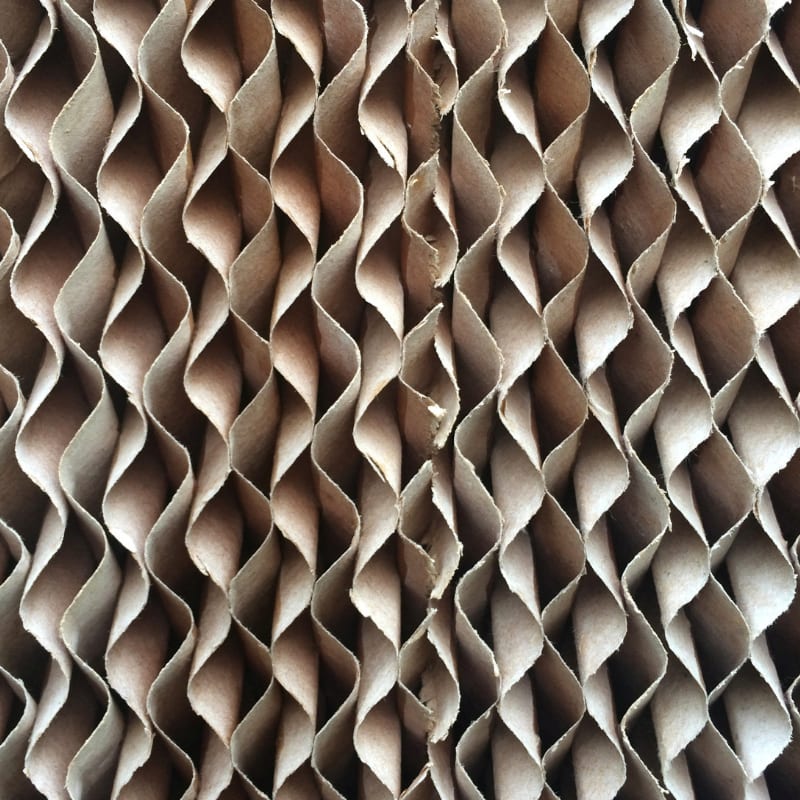
Heat abatement is quite a dynamic practice. When managed improperly, humidity within a house can prevent birds from cooling adequately and produce excessively damp litter. Too much heat causes undue stress on your birds, and wet litter is a breeding ground for harmful bacteria. Both of these conditions can lead to serious health issues in your flock! But when it is done correctly in combination with proper ventilation, evaporative cooling can help you produce healthy and profitable flocks despite summer stressors.
Make your Cool Cell Pads Last Longer
So, how do you get the most from your evaporative cooling cell systems? Use these four methods to extend pad life in your poultry house.
1. Proper Ventilation
First, like we talked about before, use cool cell pads in combination with proper ventilation. This keeps humidity down and prevents litter from becoming wet.
2. Water Flow
Second is maintaining water flow. This means keeping an adequate amount of water circulating, but ensuring that the water is fresh and clean to prevent algae growth and build-up.
3. Choose the Correct Material
Choosing the correct material for your air cells is also an important factor. When our greenhouse was built, we installed corrugated cellulose paper cooling cells. At the time, these worked really well for us. This year—almost 5 years later—we replaced them with another style, a cellulose pad surface coated with acrylic polymer glue to protect them from UV and mechanical damage. These are just two examples of the varying options available.
4. Maintain Cell Pads
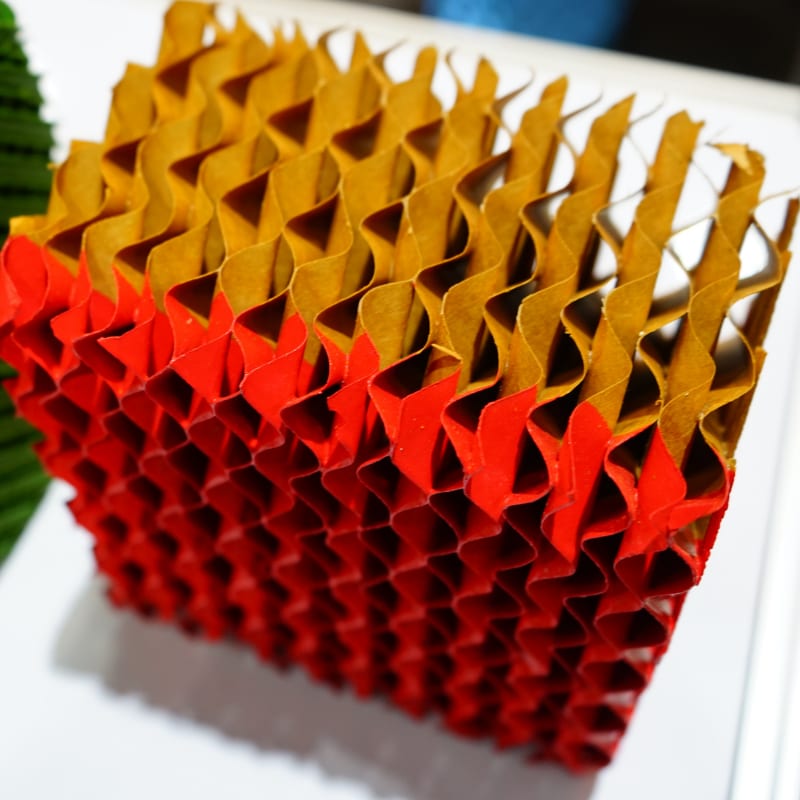
Last but certainly not least is maintaining your pads after they are installed. It is important to pay attention to anything that may obstruct the flow of air through the pads, such as hard water or dust build up and mechanical damage. These obstructions reduce the amount of air cooling the pads may be capable of. Following these four guidelines extends pad life and keeps your evaporative cooling cells working smoothly and efficiently.
Contact Us
Keeping cool is on everyone’s mind during the summer months—even your birds. A properly maintained evaporative cooling system can make this daunting task on your farm much easier and efficient when managed correctly!
If you have any questions, give us a call at 800-608-3755 or email allen@southlandorganics.com.

